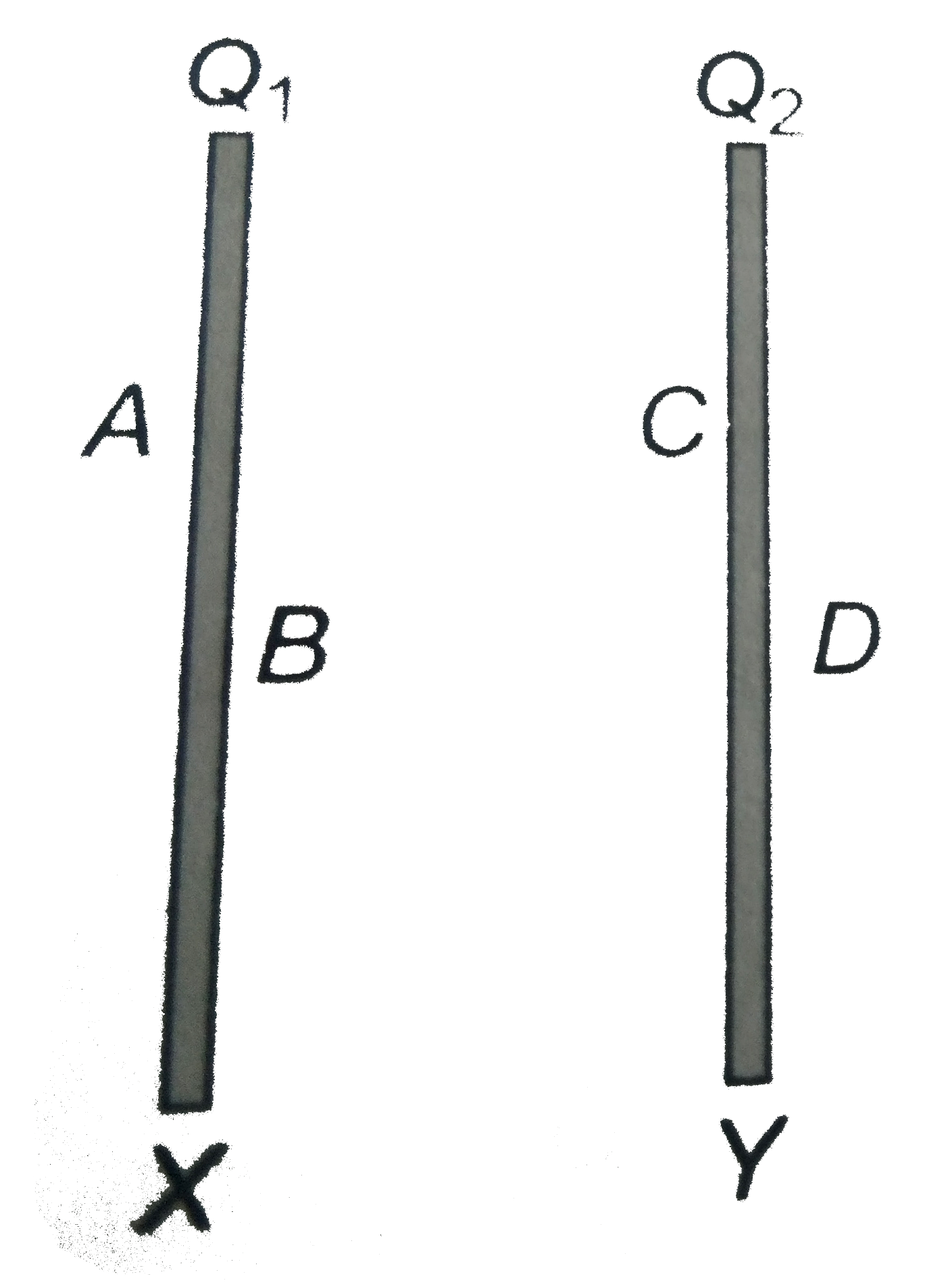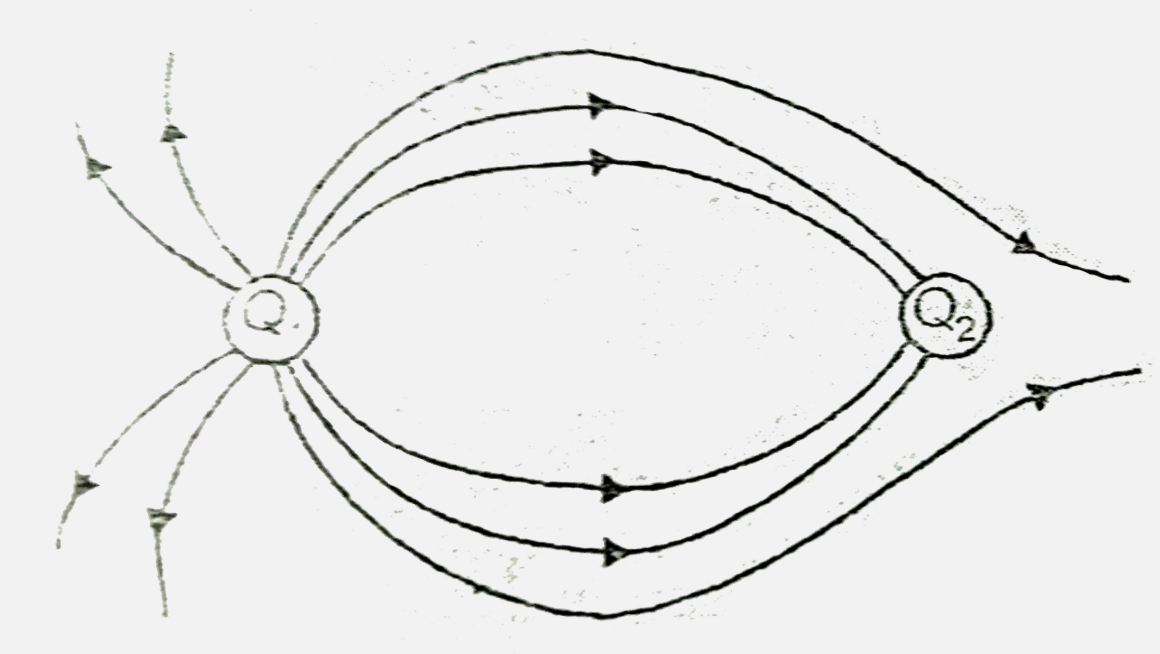Charges Q1 and Q2 lie inside and outside respectively of an uncharged conducting shell. Their separation is r.
(i) The force on Q1 is zero
(ii) The force on Q1 is k(Q1Q2r2)
(iii) The force on Q2 is k(Q1Q2r2)
(iv) The force on Q2 is zero
(i),(iii)
(ii),(iii)
(ii),(iv)
(i),(iii)
The correct Answer is:1
Step by step video, text & image solution for Charges Q_(1) and Q_(2) lie inside and outside respectively of an uncharged conducting shell. Their separation is r. (i) The force on Q_(1) is zero (ii) The force on Q_(1) is k((Q_(1) Q_(2))/(r^(2))) (iii) The force on Q_(2) is k((Q_(1) Q_(2))/(r^(2))) (iv) The force on Q_(2) is zero by Physics experts to help you in doubts & scoring excellent marks in Class 12 exams.
Updated on:21/07/2023Topper's Solved these Questions
Similar Questions
A positive point charge q1 is placed at (a,0) and another positive point charge q2 is placed at (0,a) . Find the force acting on q1.
View SolutionElectric force between two point charges q1 and q2 at rest is F. Now is a charge −q1 is placed next to q1. What will be the (a) force on q2 due to q1(b) total force on q2 ?
View Solution
Knowledge Check
Two charge Q1 and Q2 are placed at the points A and B having separation r lying inside and outside the unchanged conducting shell. The force on Q1 is F and that on Q2 is f.Then
AF=0BF=14πε0Q1Q2r2Cf=14πε0Q1Q2r2Df=0Two large , parallel conducting plates X and Y , kept close to each other , are given Q1 and Q2(Q1>Q2). The four surfaces of the plates are A,B,C and D , as shown

(i) The charge on A is 12(Q1+Q2)
(ii) The charge on B is 12(Q1−Q2)
(iii) The charge on C is 12(Q2−Q1)
(iv) The charge on D is 12(Q1+Q2)A(i),(ii)B(ii),(iii)C(ii),(iv)DAllThe electric force on a charge q1 due to q2 is (4ˆi−3ˆj)N. What is the force on q2 due to q1?
A(4ˆi−3ˆj)NB(4ˆi+3ˆj)NC(−4ˆi−3ˆj)ND(−4ˆi+3ˆj)N
Looking at the various electric lines of forces between charges Q1 and Q2, find the value of Q1Q2.

View SolutionThe insulated spheres of radii R1 and R2 having charges Q1 and Q2 respectively are connected to each other. There is
View SolutionThe electrostatic force between two point charges q1 and q2 at separation r is given by F=k.q1q2r2. The constant k
View SolutionForce acting on two charges is given by F=kq1q2r2 Here k depends in :
View SolutionAssertion: Two charges q1 and q2 are placed at separation r. Then magnitude of the force on each charge is F.
Reason: Now a third charge q3 is placed near q1 and q2. Then force on q1 and q2 remains F.
View Solution
